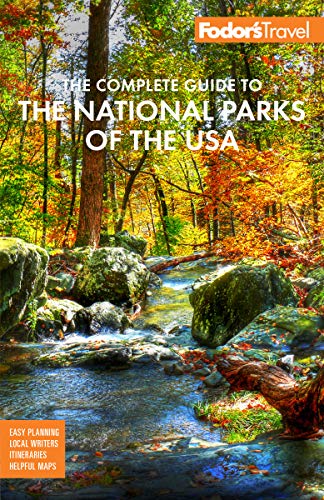Plants and Wildlife in Big Bend
Because Big Bend contains habitats as diverse as spent volcanoes, slick-sided canyons, and the Rio Grande, it follows that species here are extremely diverse, too. Among the park's most notable residents are endangered species like the Mexican long-nosed bat (which feasts on the nectar of agave and cacti), shadow-dappled peregrine falcon, swarthy javelina, and fat-bellied horned lizard (Texans call them "horny toads"). More than 450 species of birds wing throughout the park, including the black-capped vireo and the turkey vulture, which boasts a 6-foot wingspan.
In the lower desert, be aware of scorpions and rattlesnakes, especially in the summer at dusk and dawn. The vipers aren't normally aggressive, so try to refrain from sudden movement and give them a wide berth.
In the highlands mountain lions lurk, while black bears loll in the crags and valleys. Your chances of spotting the reclusive creatures are slim, though greater at dusk and dawn. If you do encounter either, don't run away. Instead, stand tall, shout, throw rocks if necessary, and look as scary as possible.
If the winged, furred, and legged denizens of Big Bend are watch-worthy, so, too, are the plants populating the region. Supremely adapted to the arroyos, valleys, and slopes, the plants range from the endangered Chisos Mountains hedgehog cactus (found only in the park) to the towering rasp of the giant dagger yucca. Also here are 60 types of cacti—so be careful where you tread.




